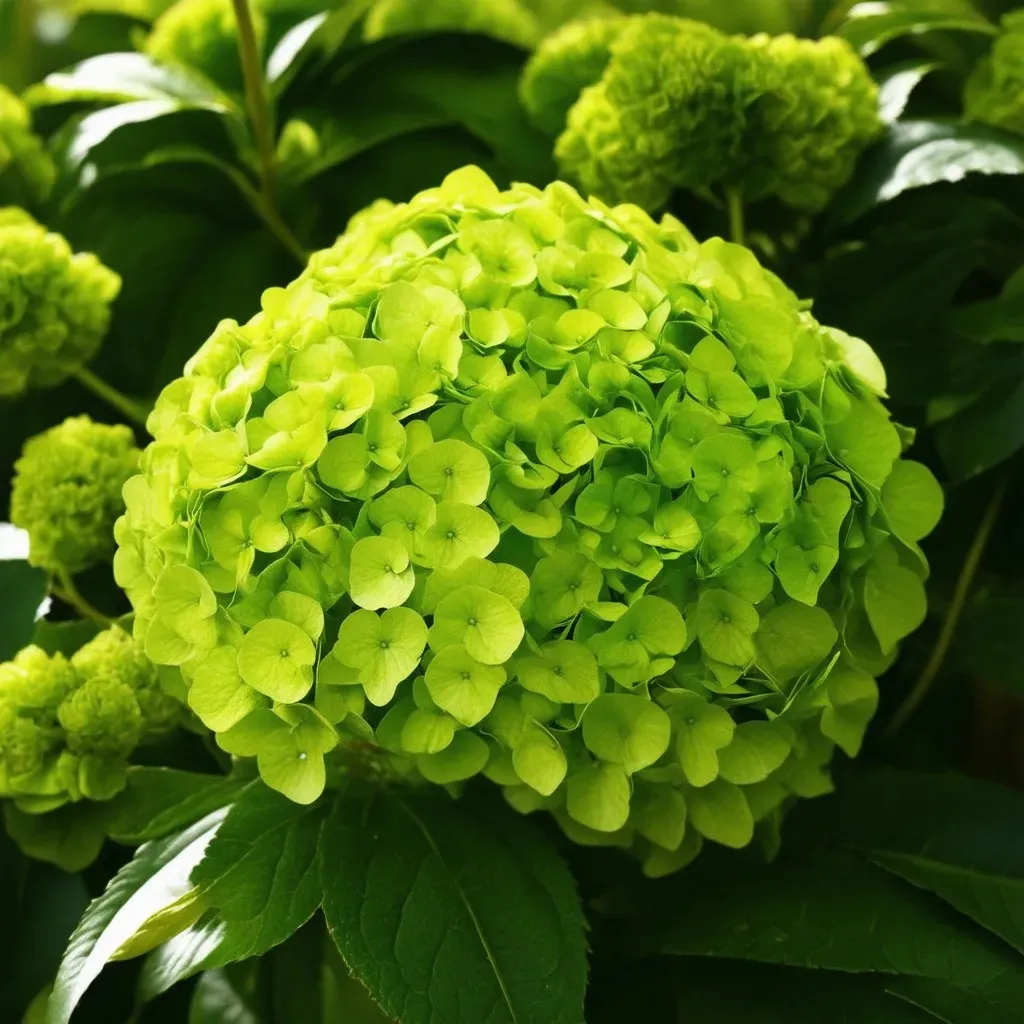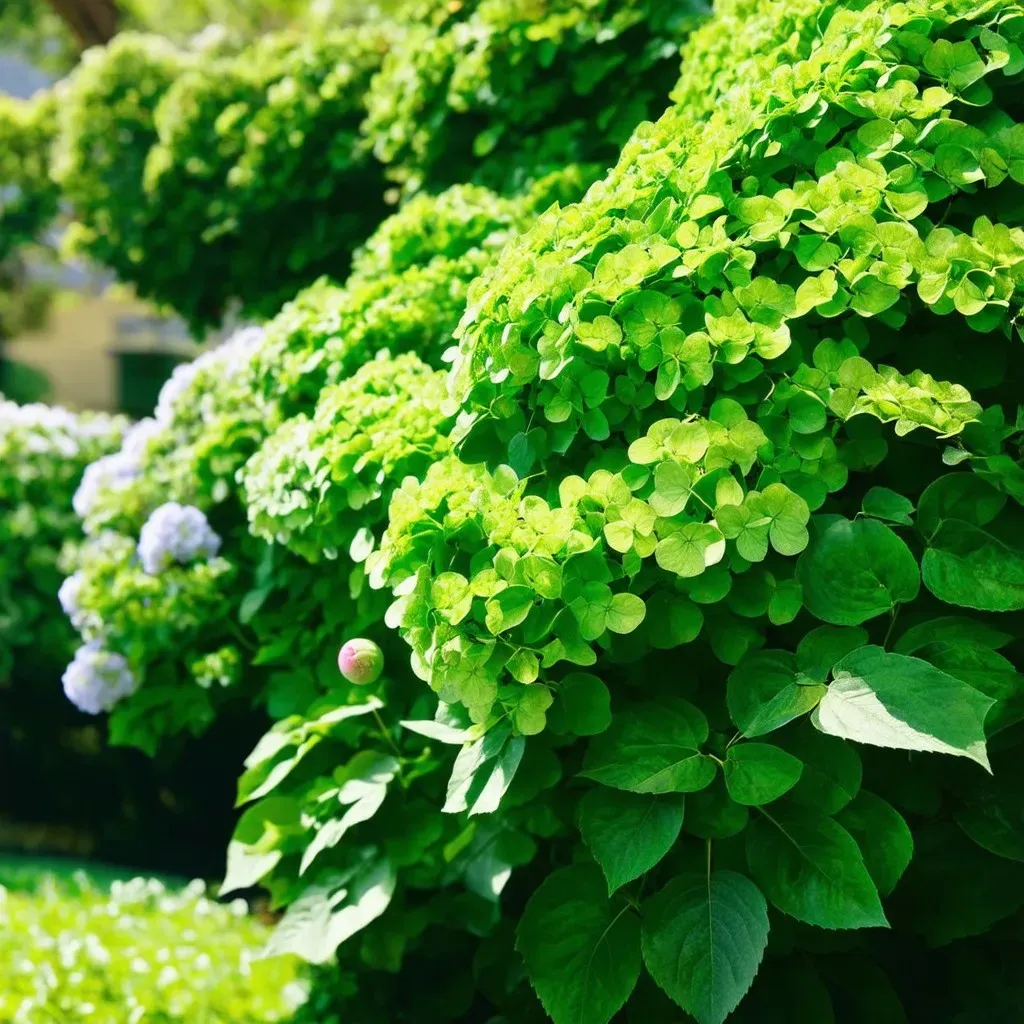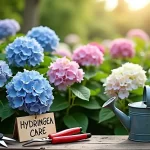Hydrangea pre bloom refers to the critical period just before these vividly colored flowering plants produce their stunning blossoms. Understanding what a hydrangea looks like before it blooms can enhance your gardening journey, ensuring a thriving display in your landscape. This period typically occurs in late spring as the buds begin to swell and promise a magnificent show of color for summer.
The Transformation from Dormancy to Bloom
Before hydrangeas burst into full bloom, they enter a transitional phase from dormancy to vigorous growth. Typically, hydrangeas bloom in a range of beautiful colors from June to September, depending on the species. But before this happens, gardeners can observe several telltale signs of impending blooms.
1. Bud Swelling
As temperatures rise and daylight increases, hydrangea buds swell significantly. This signifies the plant’s readiness to transition from pre-bloom to bloom. Buds take on a slightly rounded shape and may appear fuzzy due to the protective covering known as bracts.
Table of Hydrangea Blooming Timelines
| Hydrangea Species | Bloom Time | Blooming Method |
|---|---|---|
| hydrangea macrophylla | May to July | Blooms on old wood |
| Hydrangea paniculata | June to September | Blooms on new wood |
| Hydrangea arborescens | June to August | Blooms on new wood |
2. Leaf Development
In the pre bloom phase, you’ll also see the emergence of new leaves. These leaves are typically bright green, indicating healthy growth. The leaf arrangement and formation can provide insight into the health of the plant. Hydrangeas boast opposite leaf arrangements, displaying pointed leaves that can vary in size.
3. Changes in Color
Some hydrangeas, especially those in the macrophylla family, may exhibit color changes in their buds. As the blooms draw near, the buds might show hints of their eventual colors, enriching your garden landscape even before they fully bloom.
Illustrating Hydrangea Pre Bloom Phase
While hydrangeas are renowned for their vibrant blooms, the pre bloom phase can be just as captivating.

Caring for Hydrangeas during the Pre Bloom Phase
During this critical phase, proper care is essential to maximize your hydrangea’s blooming potential. Here are some tips to ensure your plants thrive:
-
Soil Quality: Ensure that your hydrangeas are planted in well-draining soil rich in organic matter. This encourages healthy root systems and ensures nutrient absorption.
-
Watering: Hydrangeas need adequate moisture, especially during the pre bloom phase. Regular watering will help hydrate the plant, preparing it for bloom. Aim for consistent moisture without waterlogging the roots.
-
Mulching: A layer of mulch helps retain soil moisture and regulate temperature, beneficial during the pre bloom period.
-
Pruning: Prune your hydrangeas as necessary, but be careful with those that bloom on old wood. Improper pruning can lead to fewer blooms.
FAQs about Hydrangea Pre Bloom
What should I do if my hydrangeas haven’t bloomed?
Improper care such as over-watering, poor soil quality, or excess pruning could be factors. Ensure your soil pH is between 5.5 and 6.5, and provide them with sufficient sunlight (4-6 hours per day).
Are all hydrangeas the same in their blooming schedule?
No, different types of hydrangeas bloom at various times of the year. For instance, panicle hydrangeas typically bloom later in summer, while macrophylla blooms earlier.
How can I tell if my hydrangea is healthy before blooms appear?
Healthy hydrangeas will have vibrantly colored leaves and swollen buds. If leaves appear pale or droopy, or if buds remain small and dry, it may be a sign of stress.
The Importance of Sunlight in Pre Bloom
Hydrangeas thrive in specific lighting conditions. While they prefer partial shade, ensuring they receive at least four hours of sunlight a day can make all the difference in fostering healthy pre bloom development.
Light Requirements
| Light Type | Recommended Duration |
|---|---|
| Full Sun | Not recommended; can scorch leaves |
| Partial Shade | 4-6 hours daily |
| Full Shade | Not sufficient for blooms |
Nutrient Needs for Pre Bloom Hydrangeas
Hydrangeas benefit from certain nutrients during the pre bloom stage. Here’s how to ensure they get the essentials:
- Nitrogen: A nutrient that encourages lush green growth.
- Phosphorus: Essential for flower development.
- Potassium: Helps with overall plant health and vitality.
Consider using a balanced fertilizer with a 10-10-10 N-P-K ratio early in the season to provide a nutrient boost to the plants.
Signs of Stress
Unaddressed stress can cause hydrangeas to skip blooming, leading to disappointment:
- Yellowing Leaves: Indicates possible nutrient deficiencies or pests.
- Wilting: A sign of inadequate water or excessive heat.
Address these conditions promptly to avoid impacting bloom time.
Learn More
For additional insights, check the detailed care guidelines on Monrovia. Their resources are a great asset for anyone looking to understand hydrangeas better.

By recognizing and nurturing the changes within hydrangeas during the pre bloom phase, you can anticipate a spectacular showing of blossoms that will add vibrancy and life to your garden throughout the summer.


